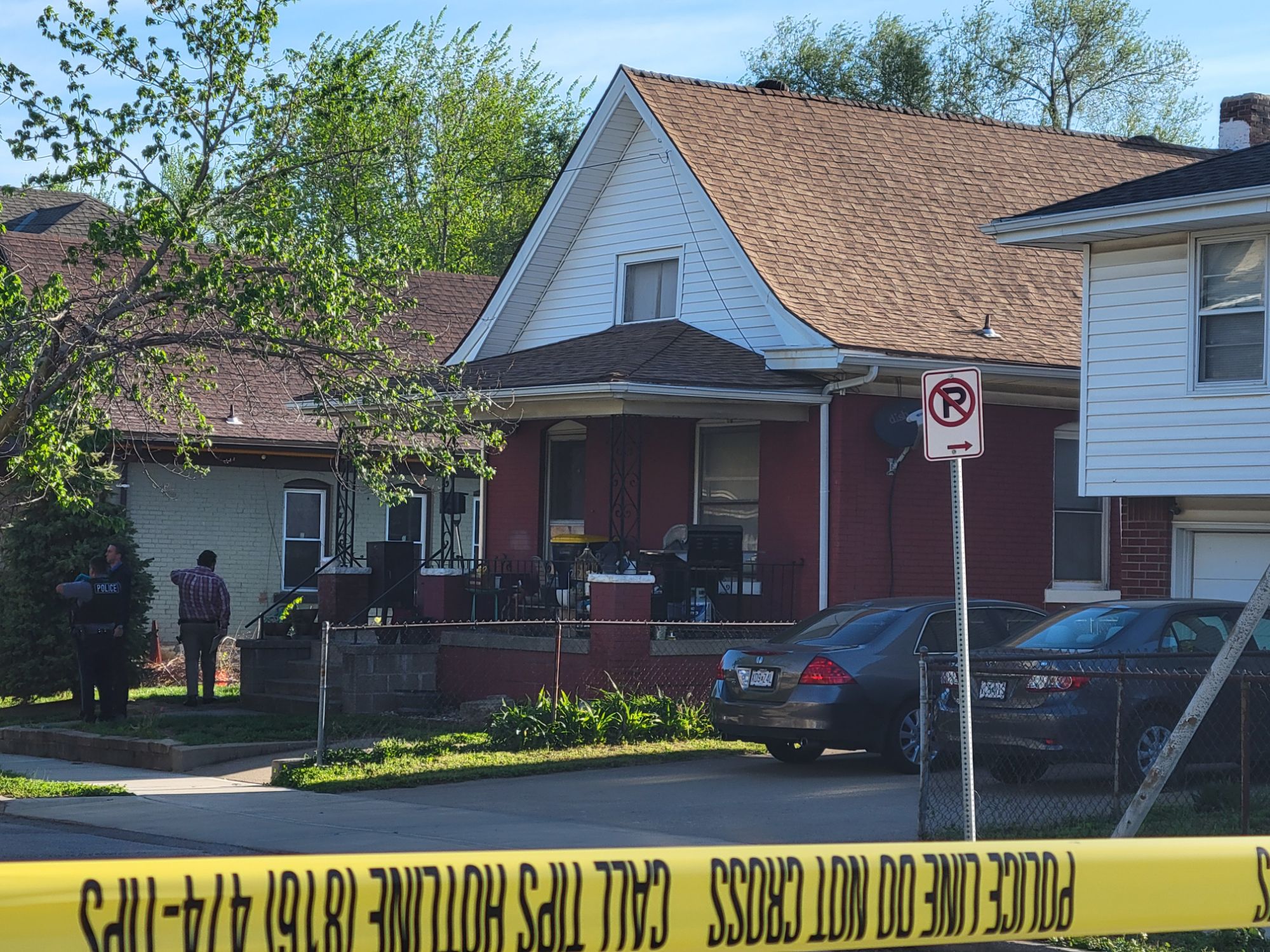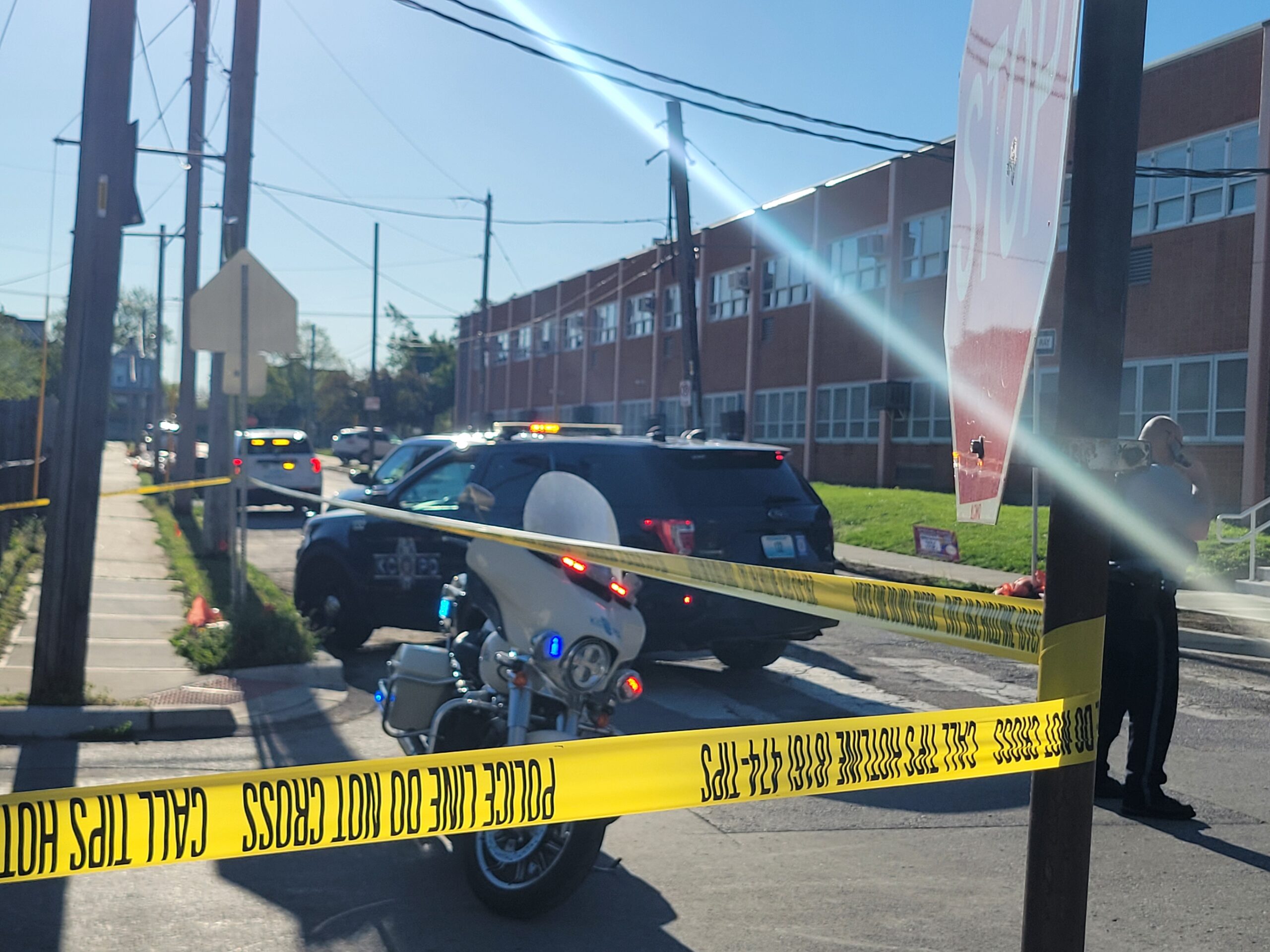The Northeast News has partnered with the University of Missouri and the Missouri Press Association to serve as an editorial mentor to a Missouri School of Journalism student. An MU journalism professor asked weekly newspaper editors in Missouri to ‘adopt a student’ enrolled in the school’s editorial writing class, who were then tasked with putting together an editorial piece that’s fit to print. Journalism student Christian Fellwock’s assignment for the Northeast News was to explore the potential costs and benefits of building a downtown stadium to house the defending MLB World Series champions, the Kansas City Royals.
By Christian Fellwock
MU School of Journalism
April 20, 2016
All kings must defend their crown, and all kings need a castle.
But after the Royals’ 2015 World Series title, is it time to consider building a new stadium?
The biggest reason to maintain the status quo is sentiment. For many Kansas City natives, the Truman Sports Complex holds a special place in their hearts. Almost everyone from Kansas City has been to a tailgate at TSC, whether it was for the Royals or the Chiefs. Most of those people will tell you the atmosphere there is special. For many Royals fans, tailgating is as much a part of the game as the actual baseball itself. The parking lot at TSC provides a place for fans to do that, but a downtown stadium might not.
In addition, a new stadium wouldn’t be practical right now. The Royals have a lease to play in Kauffman Stadium until 2031. So at the earliest, construction of a downtown stadium likely wouldn’t even begin until the latter half of the 2020s.
Second, Kansas City taxpayers spent $225 million in 2009 to renovate Kauffman into one of the most beautiful stadiums in the MLB. A downtown stadium would make all those renovations moot, and would essentially waste the colossal amount of money that was put into Kauffman.
Third, anything in the area chosen for the downtown stadium would need to be demolished to make way for it. In 2005, Barrett Sports Group LLC proposed a package that would renovate Arrowhead and build a $357 million downtown stadium at Eighth and Main, just a few blocks away from the Sprint Center. Why spend $357 million on a new stadium when two-thirds of that cost was just spent to renovate the current one?
If that stadium had been built, it would have been financed as follows: $202 million in bonds to be repaid over 25 years from sales tax in Jackson County, $2.6 million a year from Missouri’s athletes and entertainers tax for 30 years, $2 million a year that Kansas City allocates to the Truman Sports Complex and $42 million from tax-increment financing from both Jackson County and Kansas City, Missouri. Royals owner David Glass would also need to fork over $41 million for construction costs.
In addition, there’s the issue with parking. Take a look at some of the other cities with downtown baseball stadiums, and you’ll see that parking is either non-existent or just a complete nightmare. Coors Field, where the Colorado Rockies play, has zero parking, which means people must either park somewhere downtown or take a bus to and from the stadium. The Cardinals are in the same situation with Busch Stadium.
Kauffman Stadium isn’t broken. In fact, it’s one of the nicer stadiums in the MLB. To quote the old proverb; if it isn’t broken, don’t fix it.


















